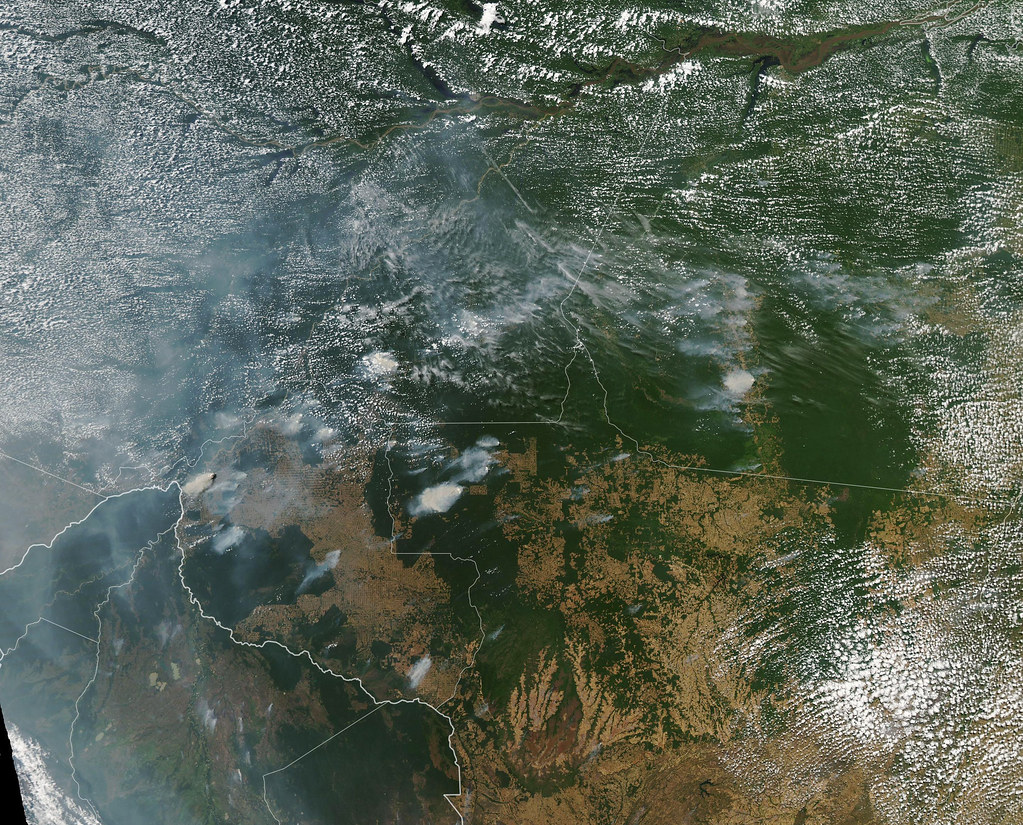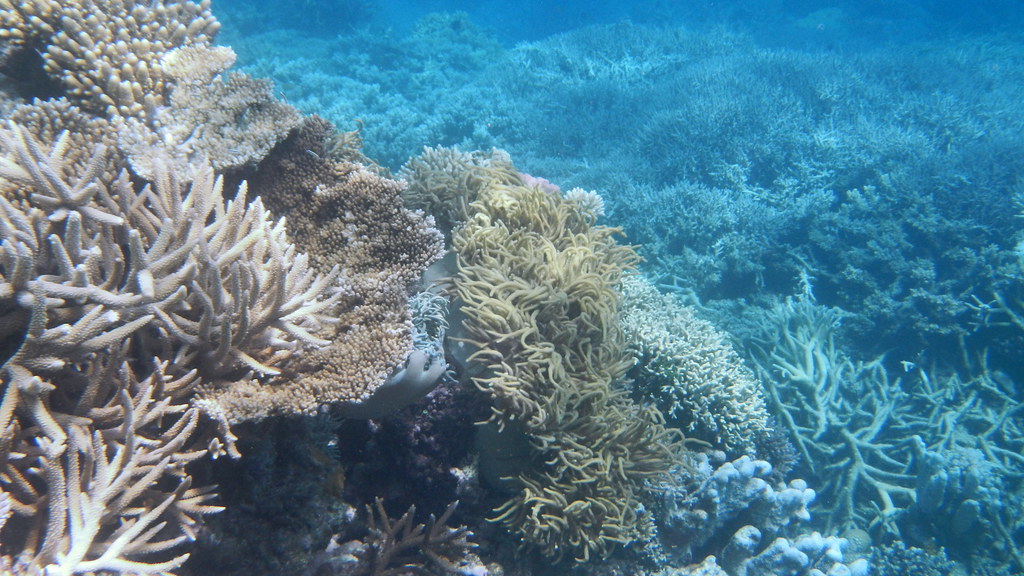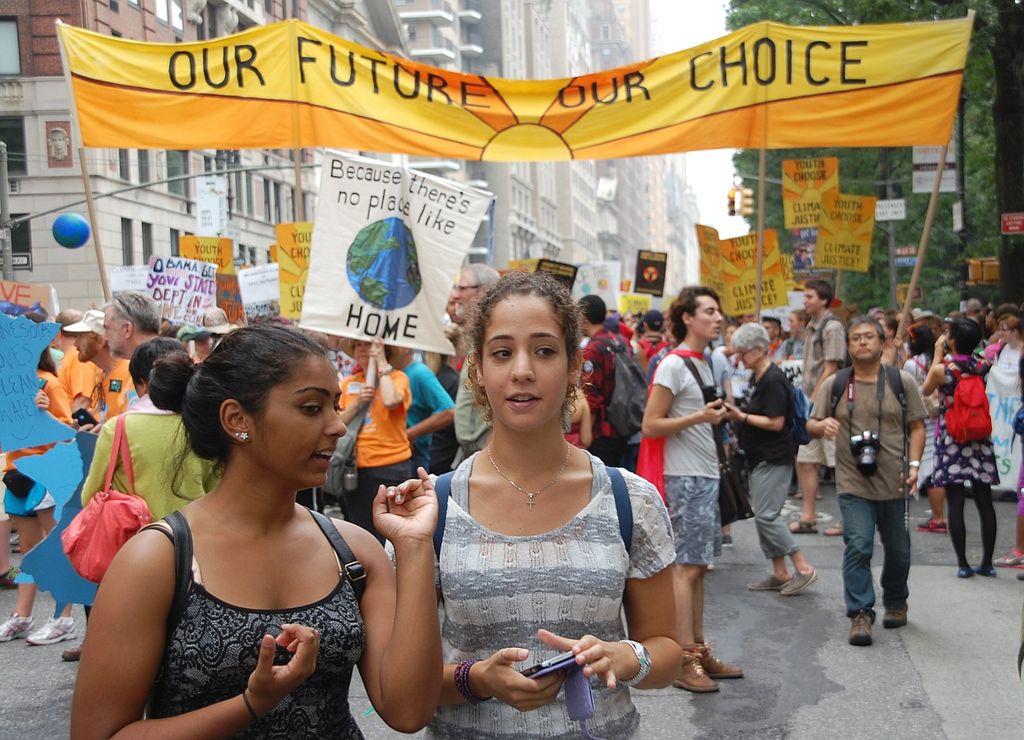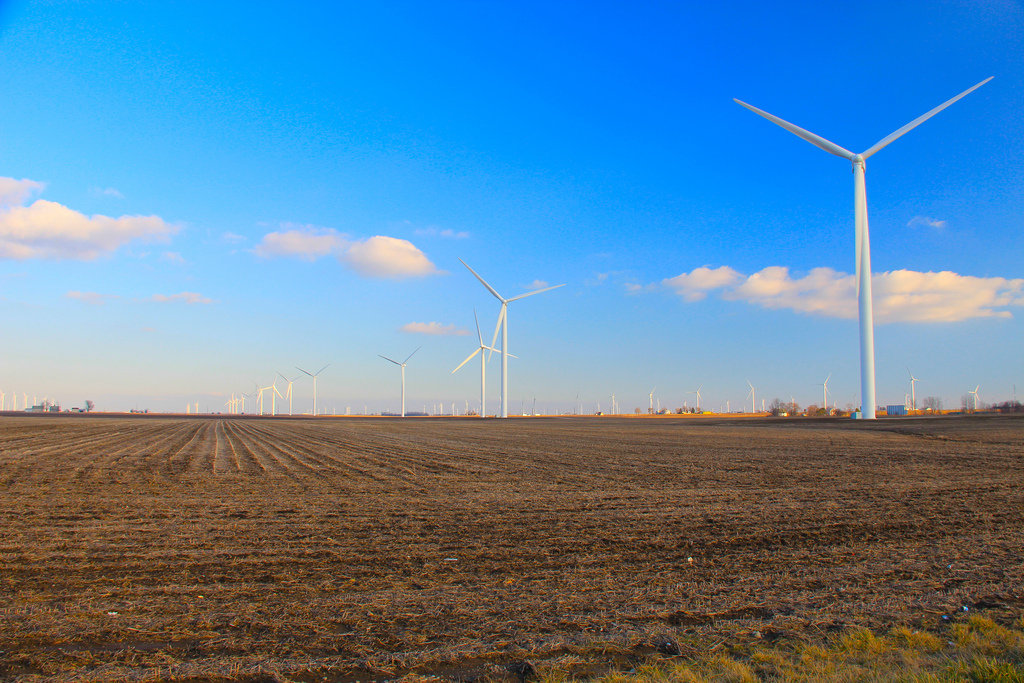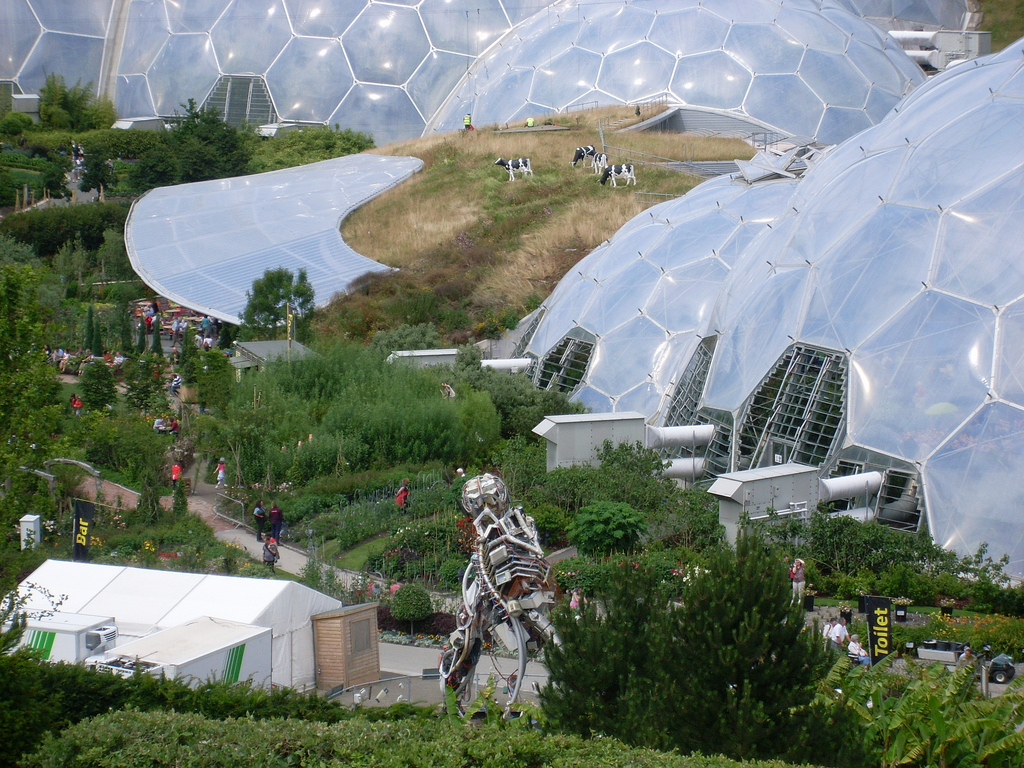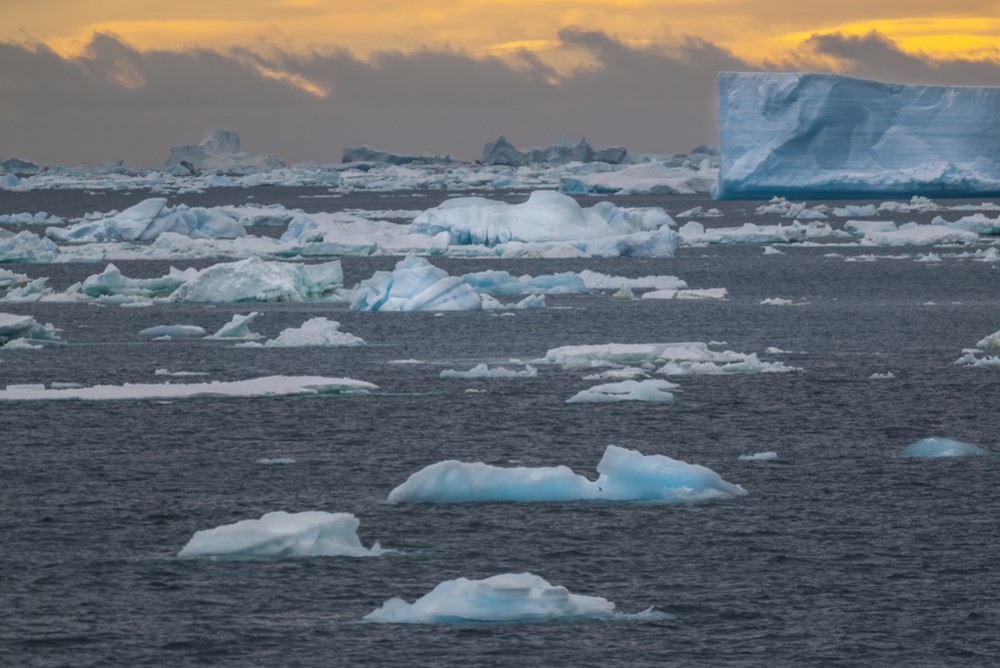This article has a set of discussion questions tailored for classroom use. Click here to download them. To see a full list of articles with discussion questions and other resources, visit our “Educational Resources” page.
From record-setting wildfires raging the Amazon to rising sea levels and melting ice caps, the devastating effects of climate change are becoming ever more apparent. Scientific data maintains that much of the rise in average global temperature is a direct result of human activities that emit heat-trapping greenhouse gases. The effects of climate change that we are currently facing are a consequence of a one-degree Celsius increase in average global temperature when compared to pre-industrial times. At this rate, we will experience up to a 4°C increase in average warming by 2100, which will only exacerbate and magnify the already rampant environmental degradation.
Fortunately, this future is avoidable as long as mitigating measures are rapidly implemented at the individual, community, and national levels. Recent analysis suggests that if immediate changes to halt climate change are made, carbon emissions can be lessened within 12 years, which will keep the rise in average temperature to 1.5°C above pre-industrial levels. Given that our actions now are crucial to the future of the biosphere and consequently the future of all people, climate-conscious individuals recognize the urgent need for change.
Even though scientific consensus asserts the existence of climate change, to global warming and climate change skeptics, this is still a point of contention. But to the rest, the numerous impacts of climate change can raise valid concerns over the sustainability of natural resources, and the kind of dystopian reality future generations will be grappling with in their lifetime if we do not act now.
A contentious resolution that has been proposed is factoring in climate change when deciding whether or not to have children and how many, if at all. Climate change has forced people to contemplate the ethics of having children in a consistently warming and thereby deteriorating world. Curtailing the population means the environment will suffer a reduced impact due to human activities, which will translate to a higher standard of living for the remaining population in terms of an increase in per capita availability of natural resources. Earlier this year, Rep. Alexandria Ocasio-Cortez faced criticism from conservatives following her Instagram live stream in which she pondered, “Basically, there’s a scientific consensus that the lives of children are going to be very difficult. And it does lead, I think, young people to have a legitimate question: Is it okay to still have children?”
For BirthStrikers, the answer is decidedly tough but evident. UK-based environmental activist Blythe Pepino set up BirthStrike, a voluntary organization for people who have made the decision to not have children given the inevitable environmental deterioration looming in the future. Pepino maintains that BirthStrike does not aim to dissuade people from bearing children but to instead spotlight the exigency of the ecological crisis. BirthStrikers are a part of a growing movement of people who have made this decision and the movement continues to gain momentum as conversations regarding the ethics of bearing children are fostered in groups of climate-conscious people.
On the other hand, some are quick to dismiss the notion of limiting procreation due to climate change as absurd, such as Republican Sen. Mike Lee of Utah who in March, stated that the solution to climate change is having more babies. On the Senate floor, Lee shared his solution in a presentation, declaring that, “More babies will mean forward-looking adults, the sort we need to tackle long-term large-scale problems.”
Tyler Cowen, a professor of economics at George Mason University echoes Lee’s thoughts on climate change and bearing children. Cowen argues that having more children and increasing the population of a nation would also increase the chances of nation coming up with innovative solutions to climate change. Cowen states, “If progress on climate change is at all possible, someone will need to contribute to it,” and goes on to explain that the most promising people who will do so is our potential children, especially if we are climate-conscious.
However, Lee and Cowen’s reasoning does not account for the series of carbon footprints our descendants will be producing which will collectively continue to add to the problem we are aiming to solve. Lee and Cowen also fail to address scientific data that deals with decisions made at the individual level, with recent research pointing to having children being detrimental to the environment given its already fragile state. Researchers calculated that having one less child would result in a family in an industrialized nation conserving 58.6 tons of carbon dioxide each year, which is much more efficient than other proposed solutions to limiting carbon dioxide production such as giving up cars (saving 2.4 tons) and flying (saving 1.6 tons per transatlantic flight).
Discussing the prospect of not having children as a legitimate solution to climate change gives rise to other ethical concerns such as our right to bear children and the innate value of procreation. Procreative autonomy is one of many forms of autonomy people can employ to govern their lives and an extension of one’s right to liberty. In the context of human reproduction, exercising procreative autonomy means having total freedom in their choices regarding bearing children and, ultimately, retaining dominion over one’s body. Implementing policies to curb procreation interferes with individual procreative autonomy. While this value is of great significance, we might wonder whether whatever right we might have to it is absolute. If every individual possesses an inherent right to bear children, does this right also mean that an individual should have as many children as they want without any regard for the environmental consequences of their decision?
The instinct theory of human procreation states that all animals including humans have an inherent and fundamental desire to procreate, which is why almost all animals reproduce. This theory goes on to explain that if humans do not procreate, having left their purpose unfulfilled, will be unhappy. This theory is not without its flaws – the notion of an intrinsic desire for progeny lacks supporting empirical data. The urge to procreate is not universal amongst humans – people have and still choose not to experience parenthood simply because that is not what they want. In this light, the procreation-instinct theory comes across as an oversimplification of human nature.
If population growth is to be regulated to resolve climate change, can governmental restrictions on the number of children one can bear ever be justified? Sarah Conley, a philosophy professor at Bowdoin College argues it can indeed be justified in her 2005 journal article, The Right to Procreation: Merits and Demerits. Conley explains that if procreative autonomy is considered a right or an extension of the freedom to live life on our own terms, then restricting the number of children one can have would be an encroachment of this right. But Conley also notes that, “Imposing one’s children on an overpopulated world is also a kind of interference […] in the lives of others in that world. Whose desire should trump?” Comparing the significance of different people’s rights, Conley points out how one person’s right to something can outweigh another person’s right to something else, and how the more basic a right is, the more difficult it would be to supersede. Even though it would be repressive for a government to regulate the number of children one can bear, it may be even more repressive to rob others of the right to basic needs of life by contributing to overpopulation, which would deplete finite natural resources. Hence, Conley believes that governmental restrictions on childbearing is ethically admissible because unlimited procreation would impinge on others’ fundamental rights even more so than governmental limitations on procreation would interfere with one’s procreative autonomy.
Regardless of where one stands on this issue, decisions about bearing children remain deeply personal. While all people have the right to bear children, the fact is that overpopulation and the resulting increase in human activities are contributing to climate change. Whether you regard the climate impact of having a child an important consideration or not, taking action to remedy climate change is becoming ever more pressing and contemplating the ethical concerns climate change presents can serve as a driver to help us arrive at an equitable solution.


